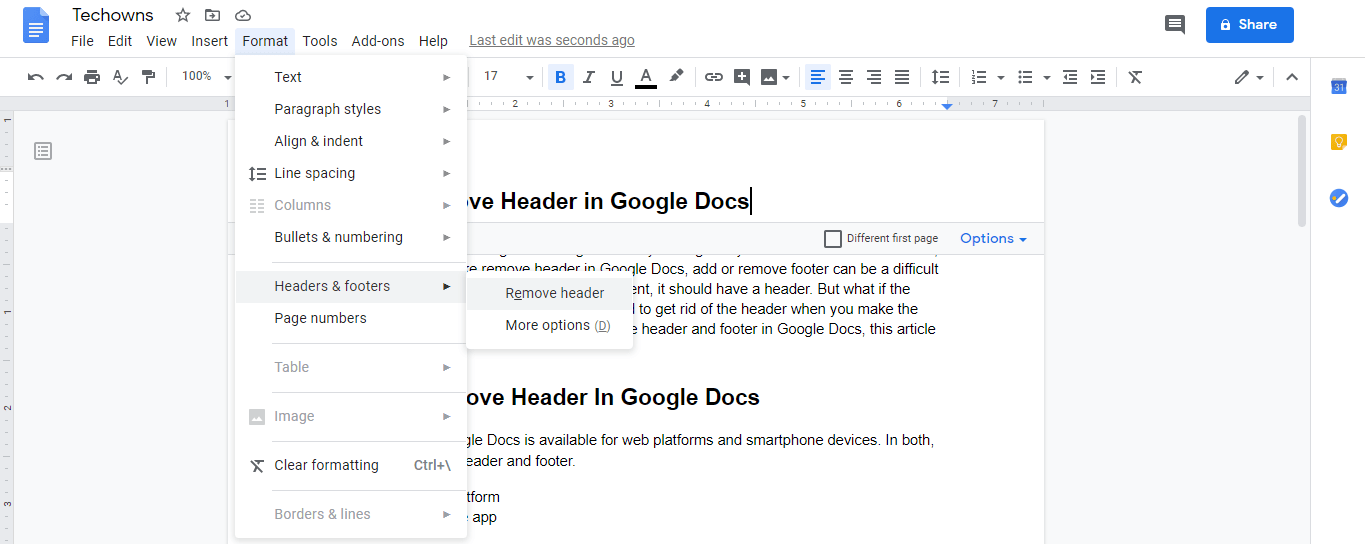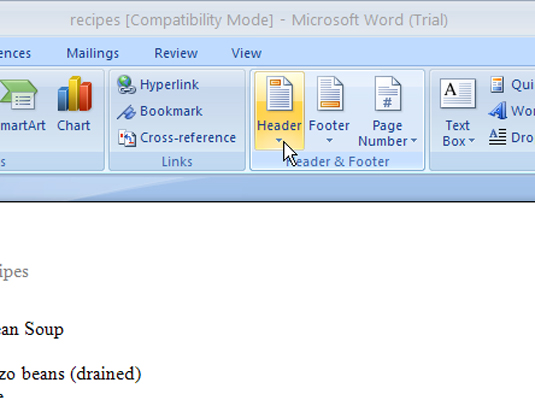

- #REMOVE HEADER FROM COMPILE SCRIVENER WINDOWS PDF#
- #REMOVE HEADER FROM COMPILE SCRIVENER WINDOWS CODE#
Here, I suggest just having Heading and Text sections setup, and under Default Types by Structure, setting all folders to Heading and files to Text. The main thing you need for your project is in the menu Project > Project Settings. Highlight bits I need to work on, for example).

As we’re compiling to plain text, all that will be stripped out of the final export, but it can be useful for editing (I like to So, you can set up your internal Scrivener editor pretty much as you like – fonts, colours, styles, whatever makes writing easiest for you. The nice thing about Scrivener is that you can set up your writing preferences in it, then tell Scrivener how much of that to keep or discard when it comes time to export your document to the final file format.
#REMOVE HEADER FROM COMPILE SCRIVENER WINDOWS CODE#
It’s definitely worth checking Scrivomatic out if you like the idea of this kind of workflow and don’t need the additional step of including R code when compiling your document.

There are some other useful hints in the Scrivomatic docs worth looking at, like this tip on using custom styles when exporting to Word. This is the main difference to my setup the additional layer of R and Bookdown, which also results in a simpler Scrivener setup as things like front-matter yaml code remain in Bookdown itself. Scrivomatic is great, and I used it extensively in the past, but it doesn’t deal with R code. The idea for this workflow was heavily inspired by Scrivomatic, by Ian Max Andolina. And it turns out, that’s actually pretty easy, but not necessarily straightforward. I basically wanted to use Scrivener as my plain text editor.
#REMOVE HEADER FROM COMPILE SCRIVENER WINDOWS PDF#
I also wanted to keep the benefits of compiling to PDF with LaTeX, like auto-generated tables of contents and lists of figures/tables. So I wanted to move back to Scrivener, but I wanted to keep all the benefits of Bookdown – namely, having my R code included in the document to produce plots/tables, rather than importing images or copying/pasting tables into Scrivener each time I iterated on my code. Not the end of the world, but just not as easy as Scrivener. This just wasn’t practical in plain text files, as I’d have to re-number everything if I wanted to insert something between two existing files, or just live with cutting and pasting paragraphs within docs. But, in Scrivener I would often work as small as the paragraph level, dragging and dropping chunks of text around to see what flowed best in the overall document.

In particular, Bookdown reassembles these files in the order they are listed in the directory, so I ended up numbering all my files (01-intro.Rmd, 02-litreview.Rmd, 03-method.Rmd, etc). I initially tried having separate plain text files to break up the text into sections to work on, but although Bookdown would stitch these back together into one final piece fine, they weren’t easy to work with. In particular, I missed the ability to segment my work into an outline structure. But, as my last big writing project got bigger, and bigger 1, I found myself missing a lot of the writing project management tools from my previous preferred writing app – Scrivener. It’s a great plain editor – I’m using it to write this post now. As I recommended in that post, I’ve been using iA Writer as my main text editor. In my last post on Bookdown, I mentioned using writing environments other than RStudio to work on non-code text sections.


 0 kommentar(er)
0 kommentar(er)
